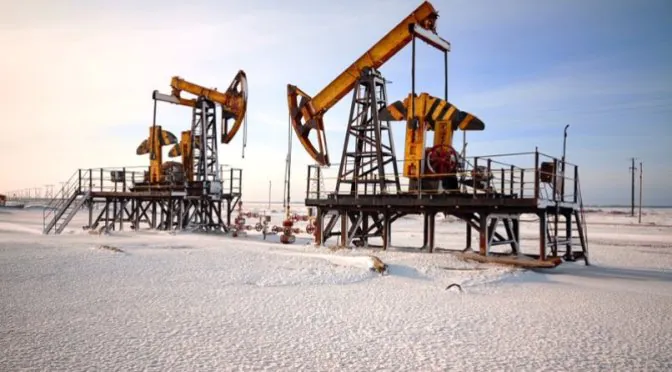The global oil drilling industry continues to experience a growing demand, as the world’s fuel consumption continues to rise. In order to achieve better operational efficiency, automation has become increasingly prominent in the oil and gas drilling industry. The widely implementation of automated drilling technologies is set to transform the performances of various of segments within the oil and gas drilling industry, such as directional drilling, well drilling, and reconditioning of oil and gas field wells. Therefore, automation is expected to be the major factor that will drive the growth of the global oil drilling industry throughout 2019.
Global Oil Drilling Industry Overview
Drilling automation refers to the set of technologies allowing downhole sensors to collaborate with rig equipment to automatically adjust well path and direction. Automated drilling technologies can effectively link the surface and downhole management with real-time predictive models to improve the efficiency and safety of the oil and gas drilling process. In today’s oil and gas drilling industry, automation also provides the capability of minimizing the human presence in the harsh environment of offshore rigs while improving efficiency through increased precision and optimized execution, thus reducing associated costs.
According the latest market research report from Technavio, the global oil and gas drilling automation market size is projected to grow more than USD 83 million from 2018-2022, with the rising complexity in drilling operations expected to be one of the key factors driving the growth in the forthcoming years. Owing to the depleting fossil fuel sources, oil and gas companies are increasingly compelled to conduct oil and gas exploration activities in complex terrains where drilling operations are extremely difficult to sustain due to the harsh operating environment. In such scenarios, any oil and gas exploration project must undergo a greater level of analysis and testing to be commercially viable, resulting in the rising need for automation to offer accurate data and effective monitoring.
Automation is Set to Lead the Global Oil Drilling Industry Growth
In order to improve the efficiency and reduce costs during complex oil drilling operations, an increasing number of oil and gas drilling companies are currently focusing on the research and development of robotic drilling systems that can offer automated technologies across the production sector: drilling, inspection, monitoring, and repair and intervention. Some of the biggest benefits of using automated drilling technologies are better drilling performance and well placement resulting in lower overall cost and time savings while minimizing personnel exposure and human error.
The oil drilling process can be extremely dangerous, as several offshore oil rig explosions have led to environmental disasters and the death of oil rig workers over the last few decades. Regulations and industry standardization can hardly stop fatal accidents from occurring but with the adoption of automated drilling technologies, the risk during the oil drilling process can be effectively reduced. This is mainly attributed to the fact that automated programs can provide more efficient control and less human involvement is required during the drilling operation.
The latest oil drilling automation trend has been witnessed as the implementation of data analytics and algorithms in the drilling process, so drilling can be made safer, more consistent, and ultimately cheaper by way of reducing non-productive time. Many industry experts foresee that the growing adoption of automated drilling technologies will lead to autonomous oil drilling operations in the near future. It is highly possible that that oil rigs can be remotely controlled by drillers, geologists, and engineers working, not in the field, but in office buildings from hundreds of miles away.
Check Technavio’s Global Oil and Gas Drilling Automation Market Report 2018-2022
Check Technavio’s Global Oil and Gas Drilling Automation Market Report for more information about this topic. This market research report provides the latest market size and market development for major market segments in terms of product types and regional market landscape. The report contains detailed market trends, market drivers, market challenges and key opportunities. In-depth market analysis such as Porter’s five force model, and comprehensive competitive landscape including detailed profiles of top companies are also included in the report.



